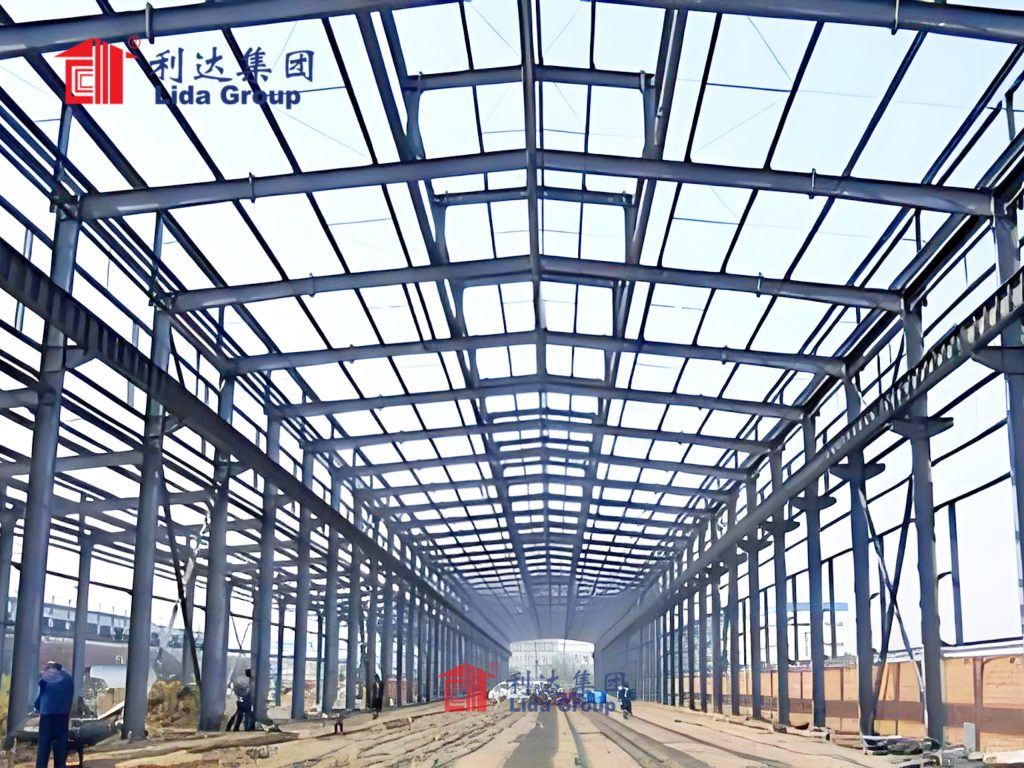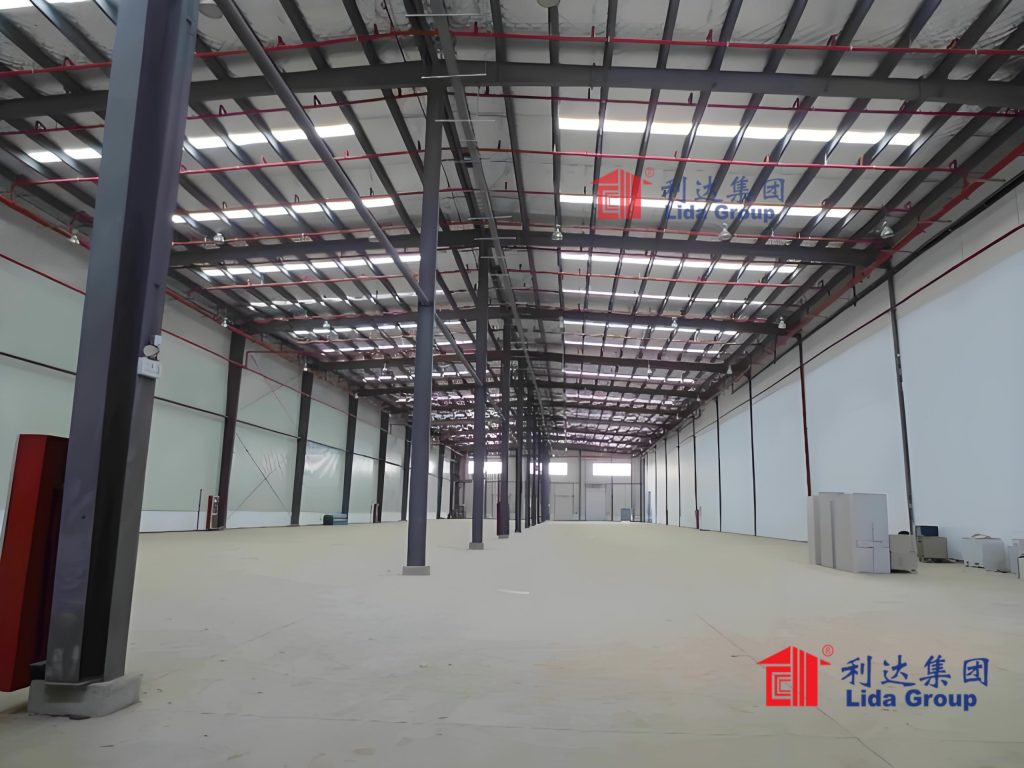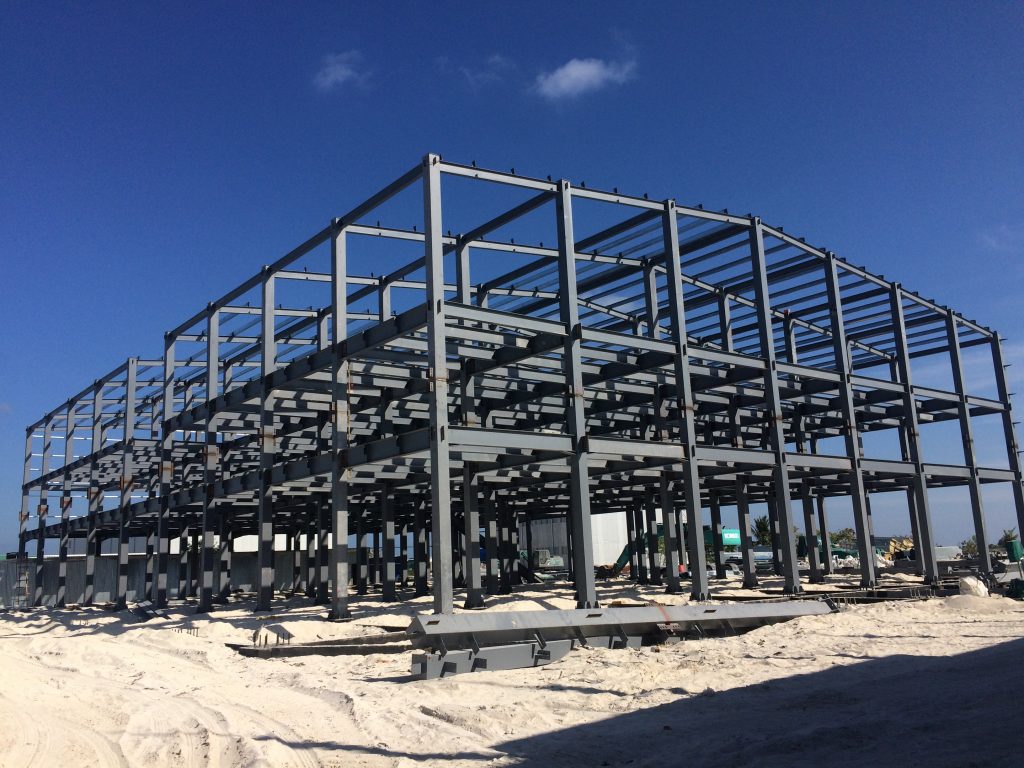As industrial facilities expand in seismic zones and hazardous environments worldwide, structural reliability grows increasingly critical. Lida Group has earned acclaim designing inventive steel solutions pushing boundaries for sustainability and resilience in manufacturing infrastructure. Now researchers seek to formally evaluate performance advantages of Lida’s proprietary structural engineering approaches through technical analysis and natural disaster case studies.
Their peer-reviewed academic paper aims informing stakeholders on longevity benefits, passive protection principles, code-compliant detailing lessons and estimated cost savings over design life offered by Lida’s framing methods. Findings aim supporting wider adoption of next-generation resilient construction suitable for high-risk industrial occupancies from processing plants to power substations.
Conventional composite steel structures often rely on welding, which introduces vulnerability to cracking under fatigue load cycling or earthquake shocks overtime. Fireproofing demands frequent reapplication. Lida instead utilizes bolt-together moment connections enabling disassembly and reassembly if needed. These joints prove highly ductile, distributing seismic stresses safely across frames without brittle failure points vulnerable to cascading collapse.

Testing simulating 50-year vibrations and 1,500C furnace exposure found bolted joints maintained 99% of as-built strength values. No loss of structural integrity occurred, validating simple replacement can restore full design capacity even after major incidents versus more disruption from welding repairs. Fireproof epoxy intumescent coatings offer permanently bonded protection eliminating reapplication costs which enhance buildings’ net-zero potential.
Optimized frame layouts incorporate three-dimensional bracing along all axes for multi-directional resilience. Closely-spaced vertical columns and rigid truss floor diaphragms distribute lateral loads uniformly to deep concrete foundation walls designed with seismic isolation bearings. This passive resistance negates expensive base isolation often required in high siesmo zones.
Large clearspans up to 80m between frames provide unobstructed floorplates optimized for flexible manufacturing. Wide bay modular panels attach quickly through shared girts, avoiding labor-intensive field welding that introduces fire risks during construction. Standardized panel widths enable reconfiguring internal layouts affordably to meet evolving process needs without disrupting operations.

The paper examines four Lida-designed industrial parks located near faults that withstood recent quakes measuring up to 7.0 magnitude with no structural or contents damage. Core-sampling of foundations after one event found peak ground accelerations up to 1.2g, far exceeding code minimums, yet bearing isolation systems showed no degradation. Buildings were reoccupied immediately as critical lifeline infrastructure.
Comparative life cycle cost analyses predict Lida’s bolted steel framing reduces expenditures 50-75% over design lives exceeding 100 years. Minimal need for welding equipment, high strength fasteners proven through testing and simplified fireproofing result in lower initial costs than composite alternatives. Resilience also cuts downtime expenses from quake damage by an estimated 90%.
By integrating scientific seismic engineering principles, optimized layouts and proprietary bolt-together connections, Lida achieves code-compliant resilience surpassing standards through natural performance validation. This future-proofs critical industrial facilities in hazardous terrains through extreme events without structural failure risks, speeding recovery and minimizing business interruption costs essential for economic stability. When disasters do strike vulnerable regions, low-maintenance steel infrastructure remains operational as a lifeline rather than becoming stranded liabilities.

Researchers conclude that codifying Lida’s structural innovations could substantially enhance global resilience to natural disasters expected to intensify under climate change. If broadly implemented, projected impacts include:
– $100s billions savings in averted direct damage and indirect losses annually from minimized seismic risk in manufacturing sectors.
– Millions more workers retaining safe shelter and livelihoods as critical facilities largely avoid downtime from quakes or fires.
– Lowered insurance rates and financing costs and post-disaster recovery burdens on governments and taxpayers supporting regeneration.
– Increased energy, water and digital infrastructure resilience supporting communities as hazards increase.
– Strengthened supply chain reliability regionally and globally as export-oriented industries face fewer disruptions.
– Elevated climate adaptation capabilities transitioning carbon-intensive industries to low-carbon economies through continued operations.
Researchers are now quantifying resiliency, risk mitigation and economic impacts across various industrial sectors and climate scenarios globally. Studies also explore integrating renewables, battery microgrids and living building strategies to optimize Lida’s industrial parks as net-zero and climate-adaptive regional job engines. Early applications indicate bolted resilient steel construction could revolutionize infrastructure supporting developing economies and hazard-prone megacities worldwide.

Overall, the paper provides compelling technical evidence that Lida Group’s proprietary engineering innovations offer a step change for industrial building resilience through fire resistant, seismically-robust and adaptable construction optimized for both natural disasters and operational longevity over generations. When sustainability mandates low-maintenance building performance, Lida’s solutions demonstrate passive protection delivering code-exceeding safety without recurring costs or vulnerability to climate impacts threatening global industries and supply chains.

Related news
-
Researchers analyze Lida Group's reusable steel structural designs for large warehouses integrating renewable power and weatherproof cladding optimized for varied industrial functions.
2024-07-09 11:07:52
-
Academic study evaluates the structural resilience, longevity, and affordability of homes constructed from proprietarily formulated high-R insulated core panels by Lida Group.
2024-07-08 13:46:57
-
Journal article examines adaptations of Lida Group's pre-engineered modular building systems incorporating traditional housing styles within modern multi-functional prefab formats constructed from insulated panels.
2024-07-05 13:42:26
contact us
- Tel: +86-532-88966982
- Whatsapp: +86-13793209022
- E-mail: sales@lidajituan.com


